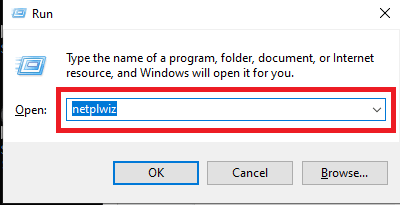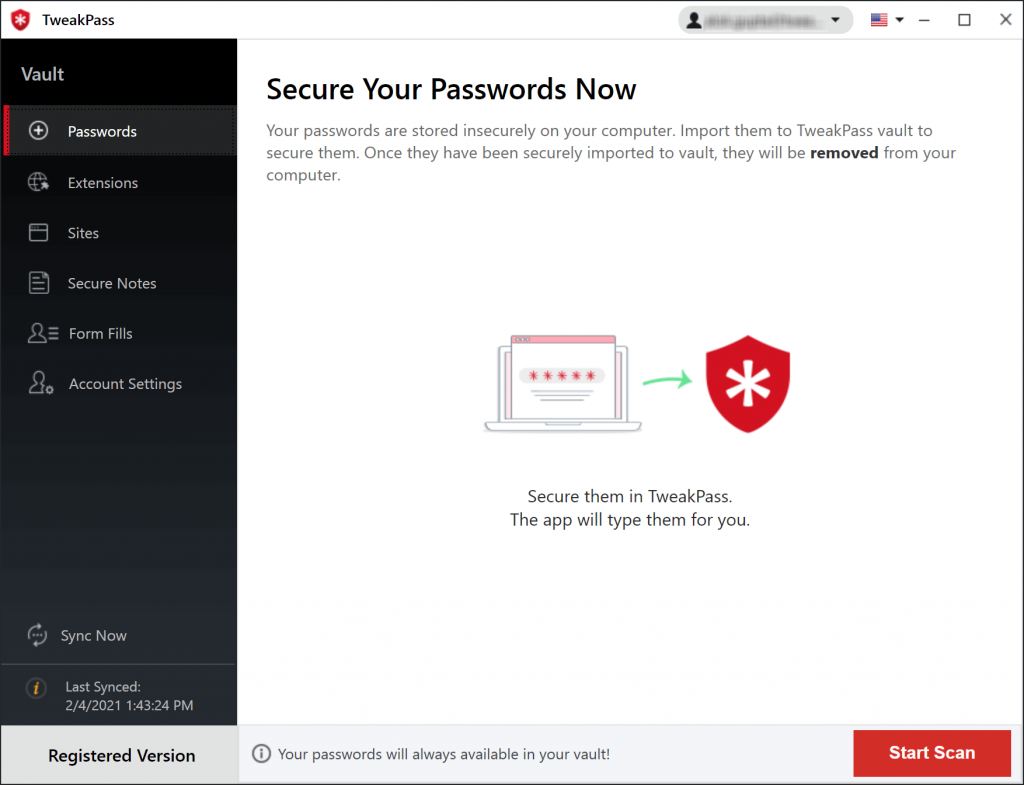With the digital world taking over, passcodes and passwords hold a lot of importance; therefore, it is essential to keep a strong & unique password. As per several reports, saved passwords are more prone to be hacked. That’s why the best practice is to keep changing the passwords regularly. Now, you must be thinking about how to keep track of password expiration. What if I tell you you will be notified automatically? Well, Windows has it all set it for you to make it easy.
To enable password expiration, all you have to do is make some changes to your settings. Let’s get to it!
Method to Set Password Expiration date
Set a password for your local account
Most people don’t use a Microsoft account along with Windows computer. If that is the case for you, the login user account needs to be checked for password expiration. This can be done with the following steps.
Step 1: Press Windows Key + R on the keyboard to open Run command. Type netplwiz on it and press enter.

Step 2: This opens a User Accounts tab, you will see the Users panel. Go to the Advanced tab, locate the Advanced User Management section.

Now click on the Advanced button here.
Step 3: It opens another tab for local users and groups. Click on the Users folder under the Local Users and Groups (Local) section.
Now select your username in the middle section under the list of names—Right-click on it and open Properties.

Step 4: This action instantly opens a tab for Administrator Properties. Under the General tab, you will see the multiple options. Here you can view the Password never expires option too.


Make sure you uncheck the box in front of it to disable this feature.
Once you are done, click on Apply and then OK to make sure the changes are applied to the system settings.
How to set Password expiry for Microsoft account?
This is quite common in Windows 10 as it will require a Microsoft account to sign in. The local users can easily set a password expiry on Windows with the above method. The people using the Microsoft account need to set the Password expiration online. First, you need to open a web browser and sign in to your Microsoft account and then go to the Microsoft Security page.

Log in with your Microsoft account and then go to the Set a new Password tab. Here you need to enter the current password and a new password. Along with this, you need to check the box in front of Make me change my password every 72 days. Click on Save, and this will help you set a password expiration date for your Microsoft account.
While we keep so many passwords for multiple accounts, it gets hard to remember all of them. If you are on a personal computer, you must use a password manager. We suggest you get an application which can be useful in remembering all the passwords for you. Be it your credit cards, banking, email ids or social media accounts.
One such useful password manager is TweakPass. The best part about it is that it also works as a secure password generator. So if you think you are not good at it, TweakPass is here for your rescue. You need to enter all your passwords in the secure vault, and it is then only accessible to you with the designated passcode. So this application helps in reducing the number of passwords you have to remember.

This not only helps you to keep your passwords safe in one place with AES-256 bit encryption.
Verdict
We hope this article will be helpful to set a password expiry. We would like to know your views on this post to make it more useful. Your suggestions and comments are welcome in the comment section below. Share the information with your friends and others by sharing the article on social media.
We love to hear from you!
We are on Facebook, Twitter, LinkedIn, and YouTube. For any queries or suggestions, please let us know in the comments section below. We love to get back to you with a solution. We regularly post tips and tricks, along with solutions to common issues related to technology. Turn on the Alerts for the websites to get regular updates on the latest published articles.
Related Topics:
How to update Graphics Drivers in Windows 10.
How to update video drivers in Windows 10.



 Subscribe Now & Never Miss The Latest Tech Updates!
Subscribe Now & Never Miss The Latest Tech Updates!